Home>Articles>How To Get Ice Maker To Work On Samsung Refrigerator
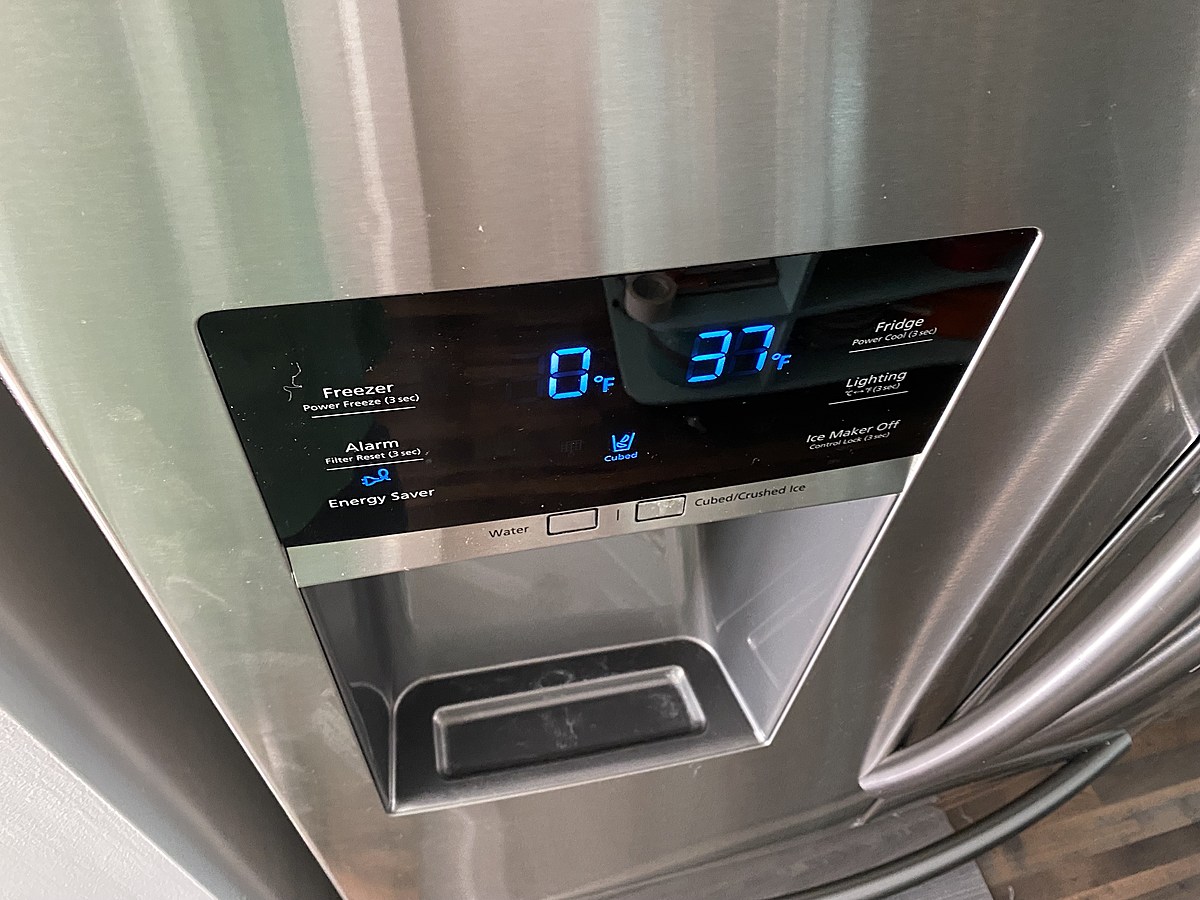

Articles
How To Get Ice Maker To Work On Samsung Refrigerator
Modified: February 27, 2024
Learn how to get your Samsung refrigerator's ice maker working again with our helpful articles. Get step-by-step instructions and troubleshooting tips to fix the issue.
(Many of the links in this article redirect to a specific reviewed product. Your purchase of these products through affiliate links helps to generate commission for Storables.com, at no extra cost. Learn more)
Introduction
Welcome to this guide on getting your ice maker to work on your Samsung refrigerator. Having a functional ice maker is a convenient and essential feature in any modern kitchen. Whether you’re hosting a gathering or simply want to enjoy a refreshing drink, having an ample supply of ice readily available can make all the difference.
However, if you’re facing issues with your ice maker not working, it can be frustrating and inconvenient. But fret not! In this article, we will walk you through some troubleshooting steps to help you get your ice maker up and running again.
Before we dive into the troubleshooting process, it’s important to note that these steps are specific to Samsung refrigerators. While some of the general principles may apply to other brands as well, it’s always best to consult your manufacturer’s manual or contact their customer support for brand-specific troubleshooting.
Now, let’s get started and discover how to troubleshoot your Samsung refrigerator’s ice maker.
Key Takeaways:
- Ensure proper power and water supply, maintain optimal temperature settings, and clear ice blockages to troubleshoot and restore your Samsung refrigerator’s ice maker functionality.
- When all else fails, seek professional assistance from Samsung customer support or a certified technician to diagnose and fix complex ice maker issues beyond your expertise.
Checking Power and Water Supply
When your ice maker is not working, it’s crucial to begin the troubleshooting process by checking the power and water supply. Without a reliable power source and a steady flow of water, your ice maker won’t be able to produce ice.
Here are a few steps you can take to ensure that the power and water supply to your Samsung refrigerator are functioning properly:
- Check the power cord: Make sure that the power cord of your refrigerator is securely plugged into a functioning power outlet. Sometimes, the cord may become loose or disconnected accidentally.
- Ensure the power switch is on: Locate the power switch of your refrigerator and ensure that it is in the “On” position. Sometimes, the switch may accidentally get turned off while cleaning or moving the refrigerator.
- Inspect the water supply line: Examine the water supply line that connects your refrigerator to the main water source. Look for any kinks, leaks, or blockages in the line that may be hindering the water flow. If necessary, replace or repair the line.
- Check the water filter: Many Samsung refrigerators come equipped with a water filter that helps purify the water before it enters the ice maker. If the filter is clogged or expired, it can affect the ice-making process. Remove the filter and replace it if needed.
- Ensure the water supply valve is open: Locate the water supply valve connected to the refrigerator’s water line. Ensure that it is fully open and allowing water to flow into the ice maker. If the valve is closed, open it to restore the water supply.
By thoroughly checking the power and water supply, you can eliminate any potential issues related to these factors. Once you’ve confirmed that both power and water are flowing smoothly, move on to the next step in troubleshooting your Samsung refrigerator’s ice maker.
Ensuring Proper Temperature Settings
Another important factor that can affect the functionality of your Samsung refrigerator’s ice maker is the temperature settings. The ice maker requires the proper temperature range to operate effectively. Here’s what you can do to ensure the temperature settings are correctly configured:
- Check the freezer temperature: The ideal freezer temperature for most refrigerators is around 0 degrees Fahrenheit (-18 degrees Celsius). Use a thermometer to verify that the freezer is maintaining this temperature. If the temperature is too high, adjust the freezer settings accordingly.
- Verify the ice maker temperature: Some Samsung refrigerators have a specific temperature setting for the ice maker compartment. This setting should be between 14 and 8 degrees Fahrenheit (-10 and -13 degrees Celsius). Refer to your refrigerator’s manual to locate and adjust this setting if necessary.
- Keep the freezer door closed: Opening the freezer door frequently or leaving it ajar for extended periods can lead to increased temperature fluctuations. This can impact the ice-making process. Make sure to close the freezer door tightly after each use to maintain a consistent temperature.
- Allow time for the freezer to cool: If you have recently installed your Samsung refrigerator or made adjustments to the temperature settings, give the freezer enough time to reach the desired temperature. It may take several hours for the temperature to stabilize.
By ensuring that your refrigerator’s temperature settings are in the appropriate range, you can create an optimal environment for the ice maker to function efficiently. Once you’ve verified the temperature settings, move on to the next step in troubleshooting your ice maker.
Clearing Ice Blockage
If your Samsung refrigerator’s ice maker is not producing ice or is experiencing a decrease in ice production, it could be due to ice blockage within the system. Ice blockage can occur in different parts of the ice maker, hindering its ability to function properly. Here’s how you can clear any ice blockage:
- Inspect the ice chute: Check the ice chute for any ice buildup or obstructions. The ice chute is the passage through which ice is dispensed. Use a soft cloth or warm water to clear any ice or debris that may be blocking the chute.
- Clear the ice tray or bin: Remove the ice tray or bin from the freezer and check for any clumped or stuck ice. Break up any large clumps of ice and discard any ice that appears discolored or has an unusual odor. Cleaning the tray or bin will ensure that fresh ice can be produced.
- Clear ice maker assembly: If the ice maker assembly itself is blocked or has excessive ice buildup, it may prevent proper ice production. Consult your refrigerator’s manual or online resources for guidance on how to access and clean the ice maker assembly.
- Thaw with caution: If you suspect that ice is obstructing the ice maker but you’re unable to clear it manually, you may need to defrost the freezer. However, use caution when defrosting to avoid damaging the refrigerator. Follow the manufacturer’s instructions or seek professional assistance if needed.
Regularly clearing ice blockage is essential to maintain proper functionality of the ice maker. After clearing any ice blockage, allow the refrigerator to cool down for a few hours before monitoring ice production. If the ice maker is still not functioning correctly, proceed to the next troubleshooting step.
Check if the ice maker is turned on and the water line is connected. Reset the ice maker by pressing and holding the reset button for 10 seconds. If the issue persists, consider contacting Samsung customer support for further assistance.
Checking the Ice Maker’s Functions
When troubleshooting your Samsung refrigerator’s ice maker, it’s important to assess the various functions of the ice maker itself. By checking these functions, you can identify any specific issues that may be affecting its performance. Here’s what you can do:
- Inspect the ice maker motor: The ice maker motor is responsible for the mechanical operation of the ice maker. Ensure that the motor is running smoothly and not making any unusual noises. If you notice any issues with the motor, it may need to be replaced.
- Check the ice maker’s water inlet valve: The water inlet valve supplies water to the ice maker. Inspect the valve to ensure that it is not blocked, damaged, or clogged. If necessary, clean or replace the water inlet valve to restore proper water flow to the ice maker.
- Examine the ice maker’s sensors: Many Samsung refrigerators have sensors that detect the level of ice in the ice tray or bin. These sensors help control the ice production process. Make sure that the sensors are clean and not obstructed by ice or debris. Clean the sensors gently using a soft cloth if needed.
- Test the ice maker’s electrical connections: Check the electrical connections of the ice maker to ensure they are secure and free from corrosion. Loose or faulty connections can disrupt the ice maker’s functionality. If you find any issues with the connections, consult a professional for repairs.
By thoroughly checking the various functions of the ice maker, you can pinpoint any specific issues that may be affecting its performance. If you identify any problems during this step, it may be necessary to proceed with further troubleshooting or contact a professional for assistance.
Resetting the Ice Maker
If your Samsung refrigerator’s ice maker is still not working properly after checking its functions, you may need to reset the ice maker. Resetting the ice maker can help resolve minor glitches and restore its normal operation. Here’s how you can reset it:
- Locate the reset button: Depending on the model of your Samsung refrigerator, the reset button may be located inside the ice maker assembly or on the control panel. Consult your refrigerator’s manual to find the exact location of the reset button.
- Press and hold the reset button: Press and hold the reset button for about 10 seconds. This will initiate the reset process and clear any stored error codes or malfunctions.
- Wait for the ice maker to reset: After pressing the reset button, wait for a few minutes to allow the ice maker to reset fully. You may hear a series of beeps or see lights flashing during the reset process.
- Monitor the ice maker’s operation: Once the reset is complete, observe the ice maker’s operation. It should start producing ice within a few hours. Keep an eye on the ice production for the next 24 hours to ensure that it has resumed normal functionality.
If the ice maker does not start producing ice even after resetting it, there may be an underlying issue that requires further troubleshooting or professional assistance. In such cases, it is recommended to contact Samsung’s customer support or a qualified technician for further guidance.
Remember, resetting the ice maker is a relatively simple step that can often resolve minor issues. However, if the problem persists, do not attempt any complex repairs on your own if you are not experienced in handling appliance repairs. Seek professional assistance to avoid any further damage to your refrigerator.
Calling for Professional Assistance
If you have followed all the troubleshooting steps mentioned above and your Samsung refrigerator’s ice maker is still not working, it may be time to seek professional assistance. Calling for professional help can help diagnose and fix any complex issues that may be beyond your expertise. Here’s what you can do:
- Contact Samsung customer support: Reach out to Samsung’s customer support for guidance and assistance. They have trained technicians who specialize in Samsung refrigerator repairs and can provide valuable advice or schedule a service appointment if needed.
- Hire a certified appliance repair technician: If your refrigerator is out of warranty or you prefer to work with a local appliance repair professional, consider hiring a certified technician. Look for technicians who specialize in refrigerator repairs and have experience working with Samsung appliances.
- Provide detailed information: When contacting customer support or a repair technician, be prepared to provide detailed information about the issue you are experiencing with your ice maker. Describe the symptoms, any error codes displayed (if applicable), and the steps you have already taken to troubleshoot the problem. This will help them diagnose the issue efficiently.
- Follow professional guidance: Once you have scheduled a service appointment or are working with a technician, follow their guidance closely. They may need to inspect the refrigerator, perform diagnostic tests, or replace faulty components to resolve the issue. Be open to their recommendations and ask any questions you may have.
Remember, professional assistance is invaluable when dealing with complex appliance issues. They have the knowledge, experience, and tools necessary to diagnose and repair your refrigerator’s ice maker efficiently. Attempting complex repairs on your own without expertise may lead to further damage or even void any remaining warranty.
By calling for professional assistance, you can ensure that your ice maker is properly diagnosed and repaired, bringing it back to optimal working condition.
Conclusion
Having a working ice maker in your Samsung refrigerator is a convenient feature that provides you with a steady supply of ice for your everyday needs. However, when your ice maker stops working, it can be frustrating. Fortunately, by following the troubleshooting steps outlined in this guide, you can address many common issues and potentially resolve the problem on your own.
We started by checking the power and water supply to ensure that your refrigerator is receiving the necessary resources to produce ice. Then, we discussed the importance of ensuring proper temperature settings, as the ice maker requires specific temperature ranges to operate effectively.
Next, we looked at clearing ice blockages that may be obstructing the ice maker’s functionality. By inspecting and cleaning the ice chute, ice tray or bin, and the ice maker assembly, you can keep the ice pathway clear and free from clogs.
We also explored checking the various functions of the ice maker, such as the motor, water inlet valve, and sensors, to identify any specific issues that may be affecting its operation. Additionally, we discussed the reset process, which can help resolve minor glitches and restore normal functionality to the ice maker.
If all else fails, calling for professional assistance from Samsung customer support or a certified appliance repair technician is the next step. They have the expertise and knowledge to diagnose and fix any complex issues that may be beyond your capabilities.
Remember, it’s important to prioritize safety and follow the instructions provided by the manufacturer or professional technicians when performing any troubleshooting or repairs. Mishandling appliances can lead to further damage and may void any remaining warranty.
We hope that this guide has been helpful in troubleshooting and getting your Samsung refrigerator’s ice maker to work. Enjoy the convenience of having ice readily available and keep your cool in every situation.
Frequently Asked Questions about How To Get Ice Maker To Work On Samsung Refrigerator
Was this page helpful?
At Storables.com, we guarantee accurate and reliable information. Our content, validated by Expert Board Contributors, is crafted following stringent Editorial Policies. We're committed to providing you with well-researched, expert-backed insights for all your informational needs.
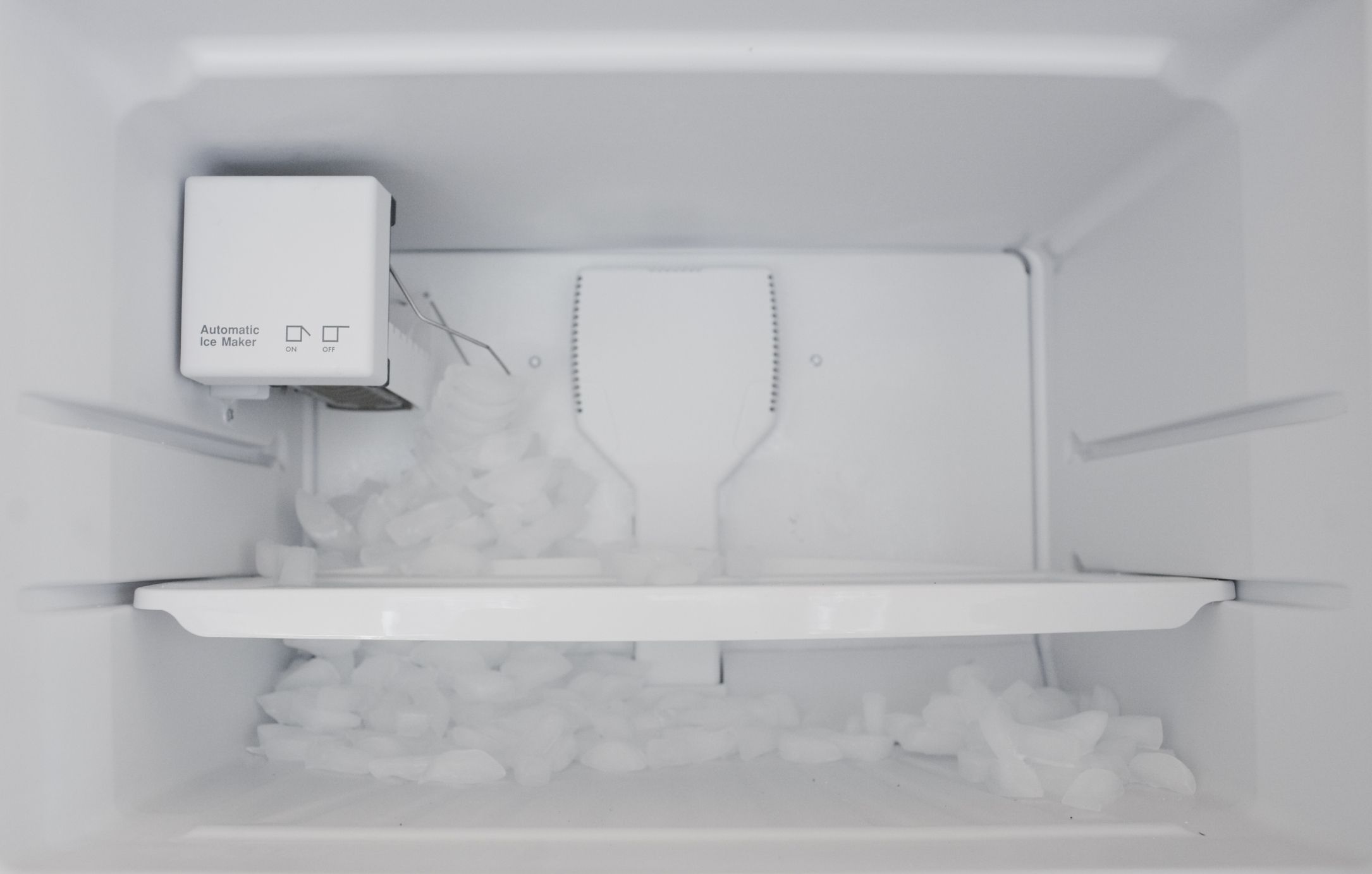
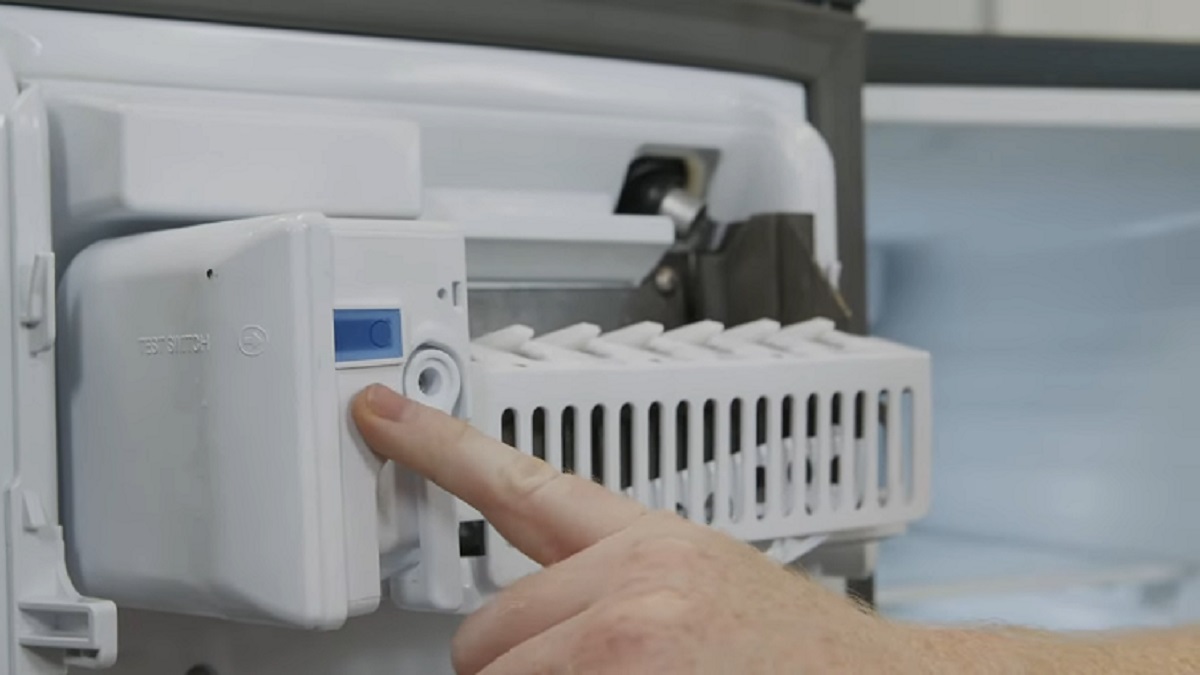
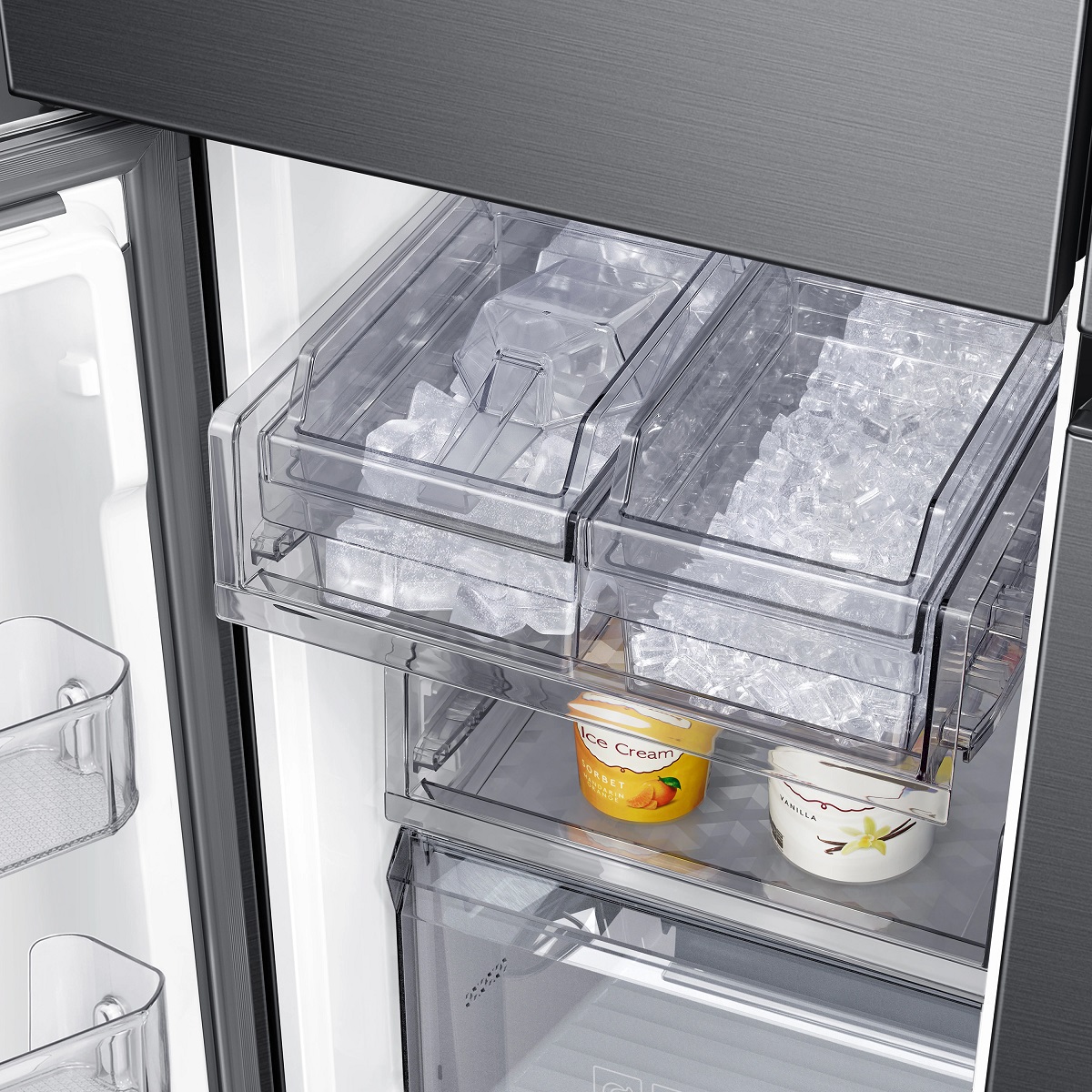
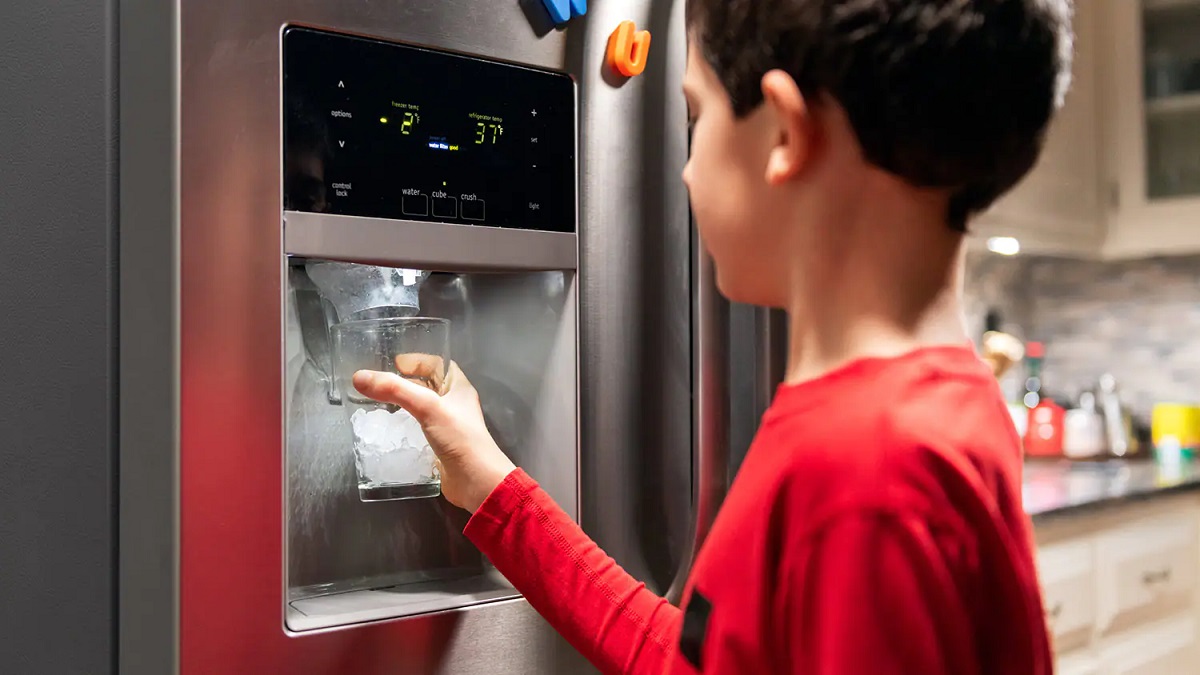
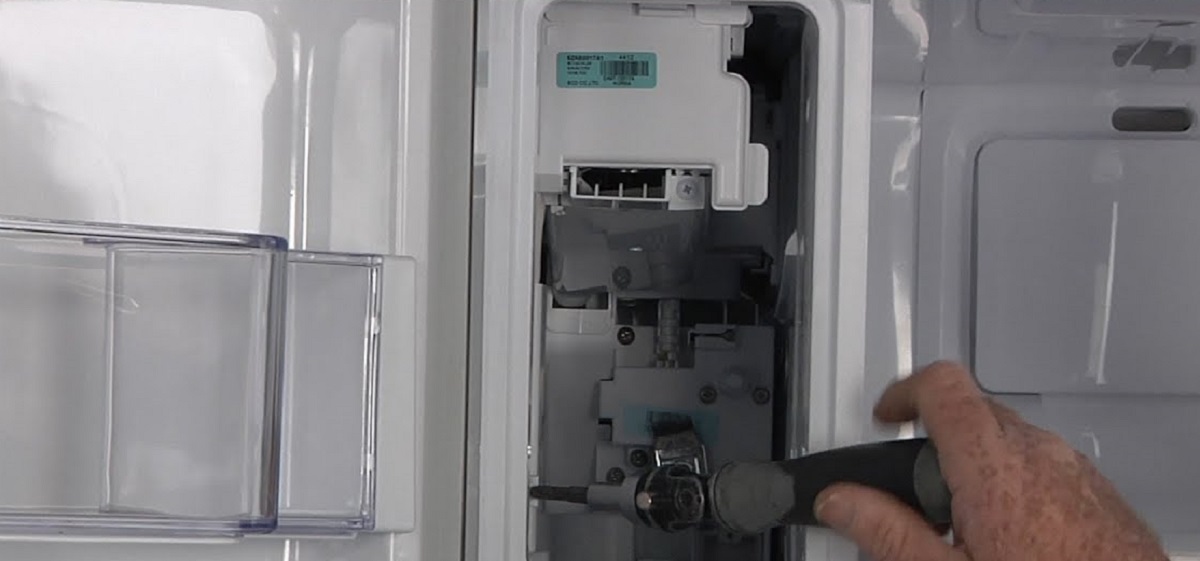
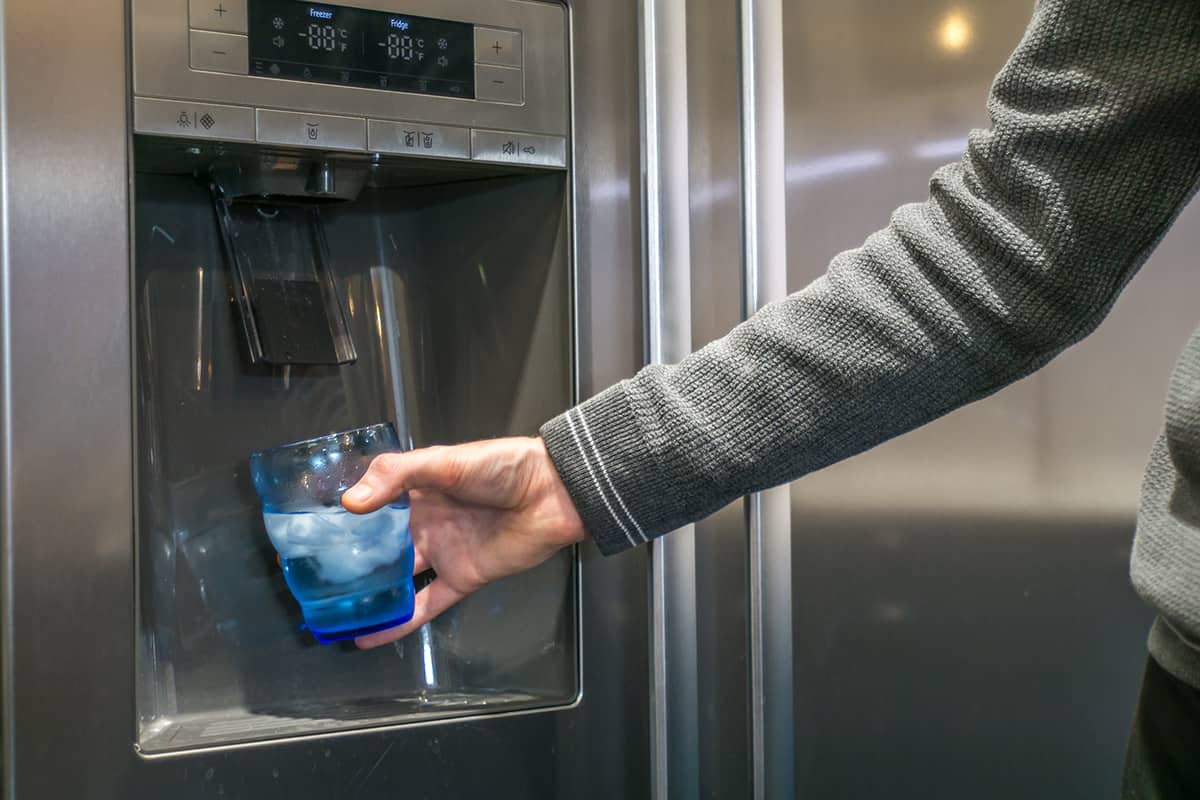
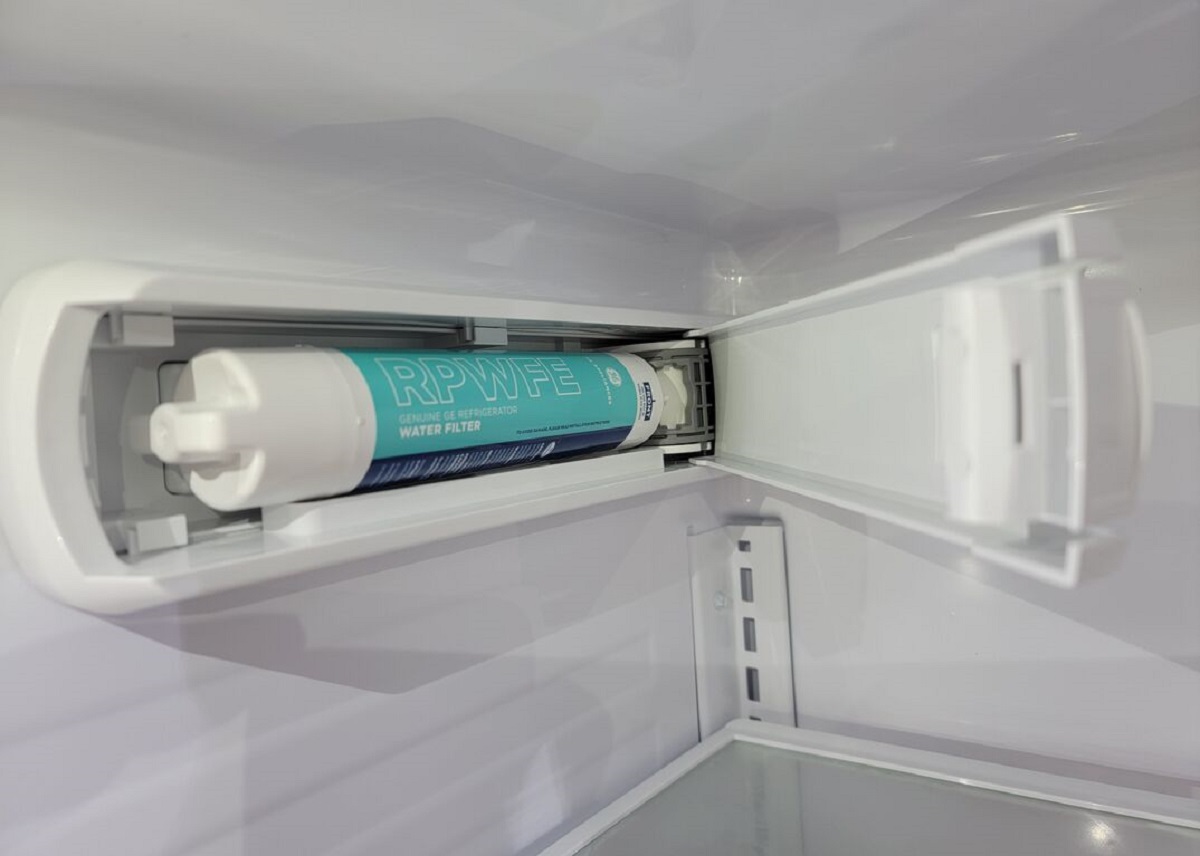
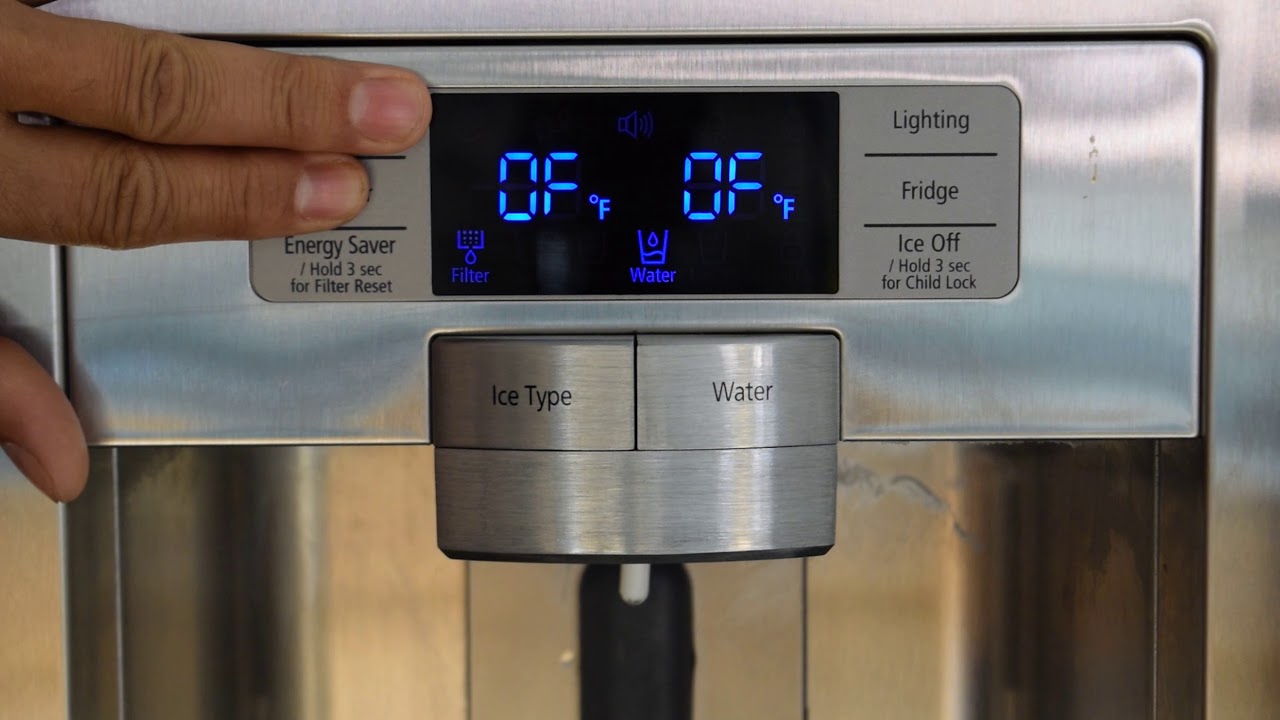
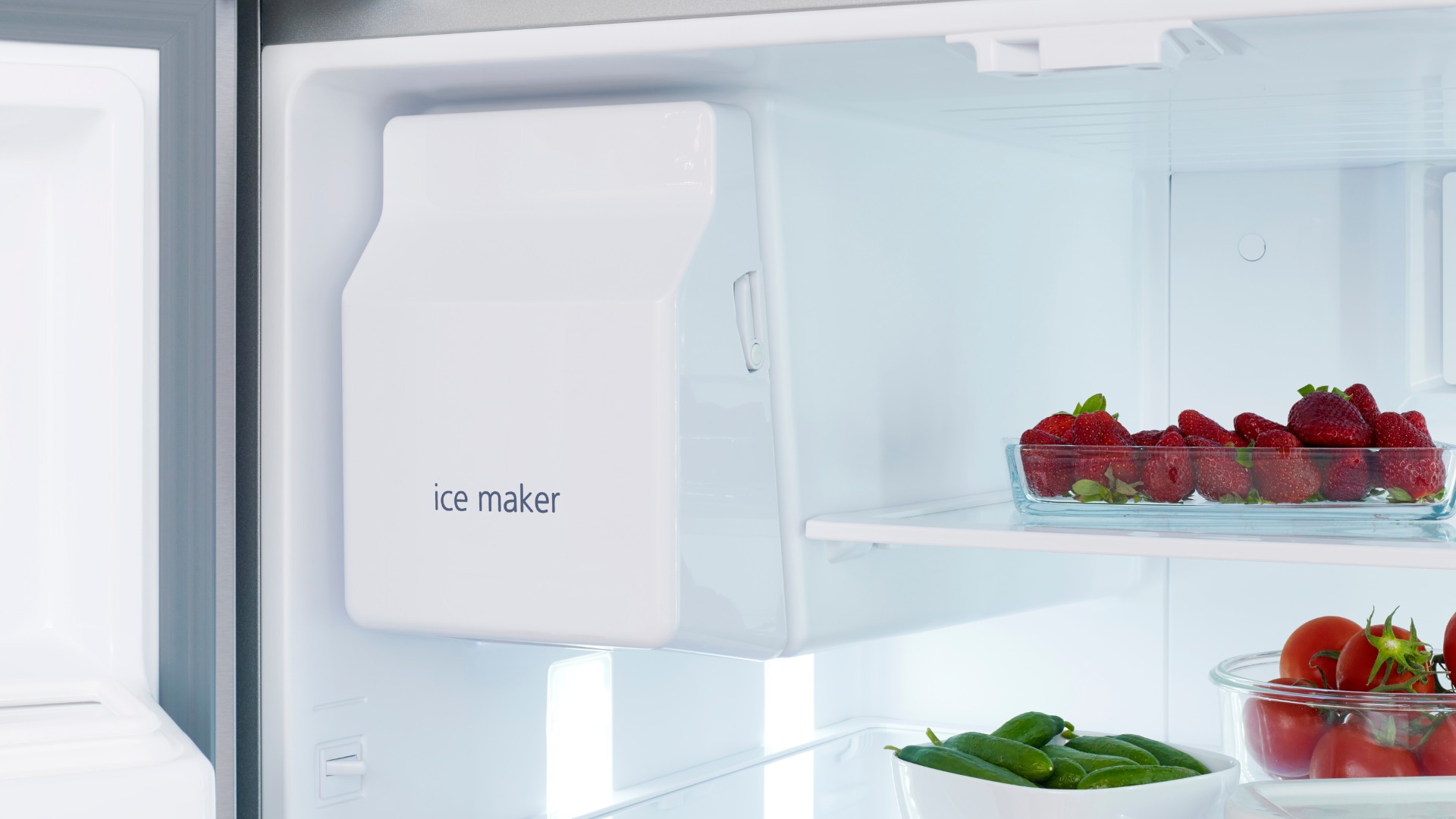
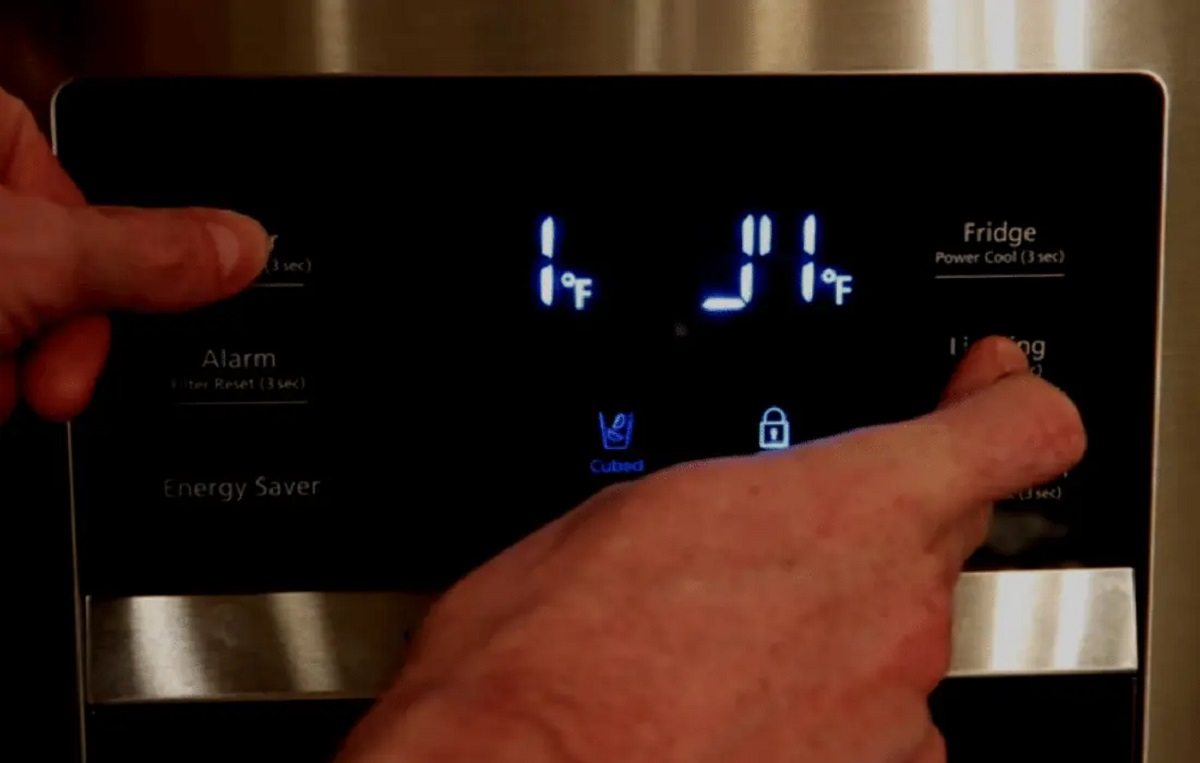
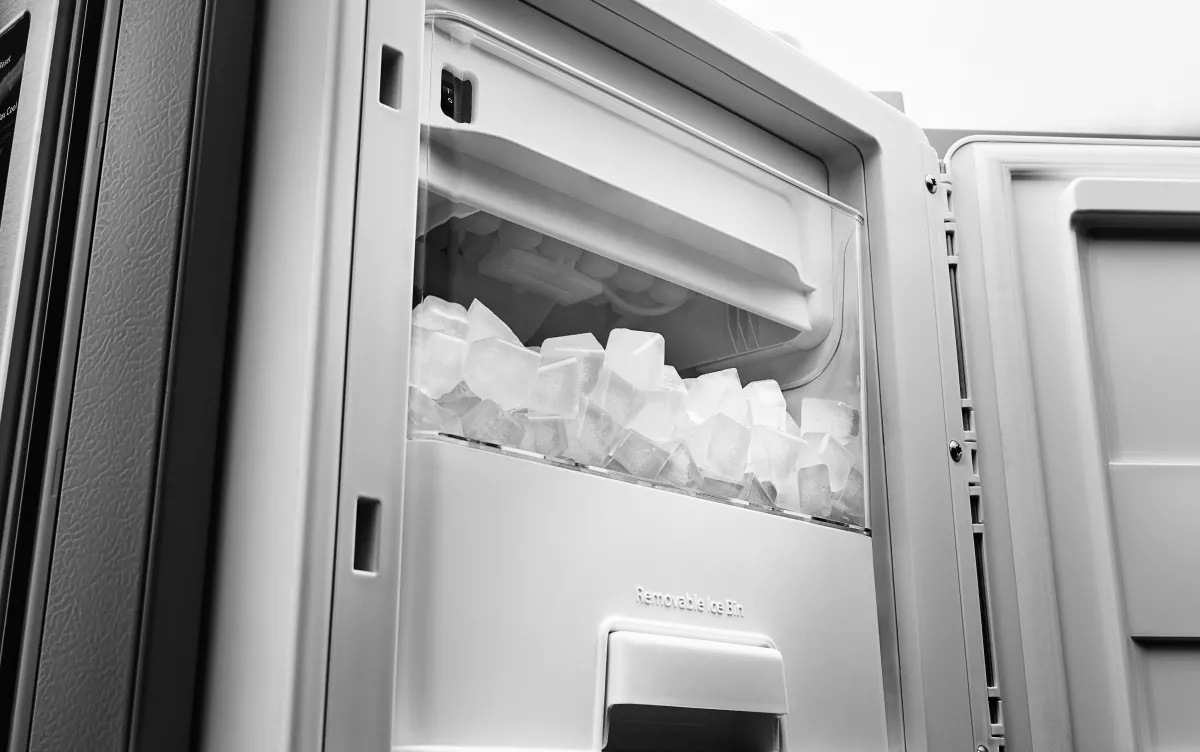
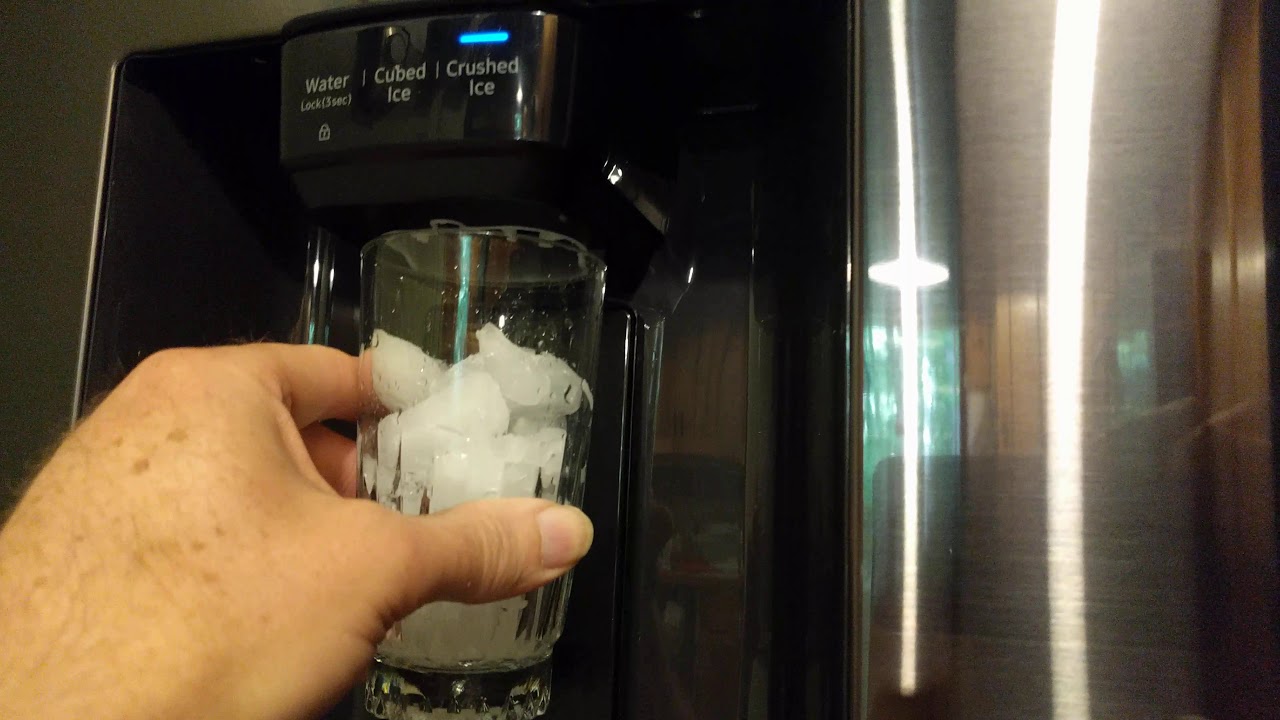
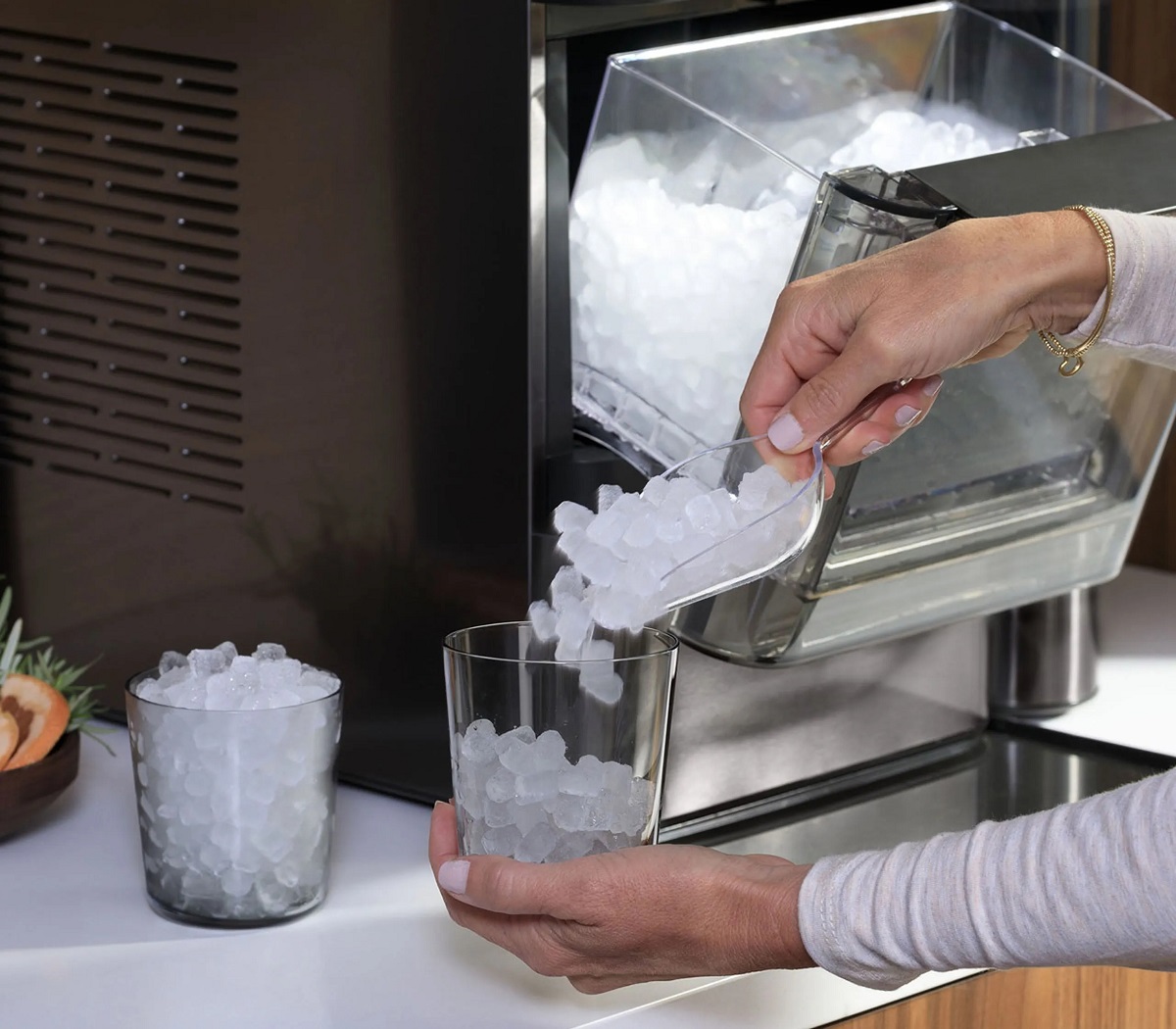
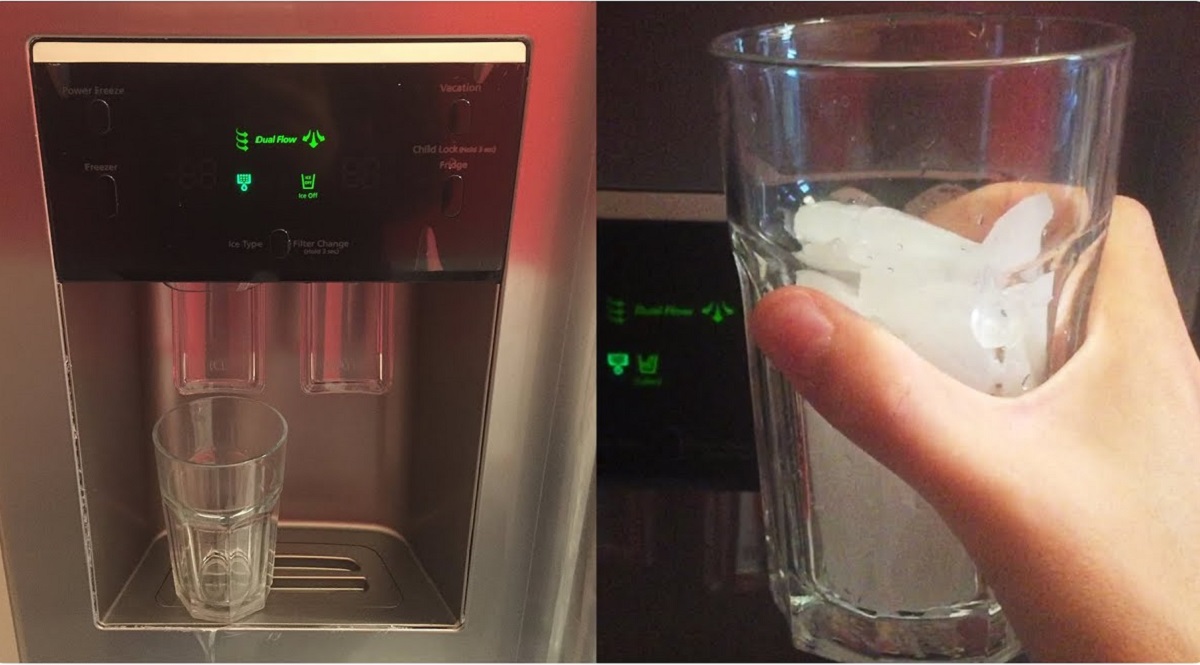

0 thoughts on “How To Get Ice Maker To Work On Samsung Refrigerator”